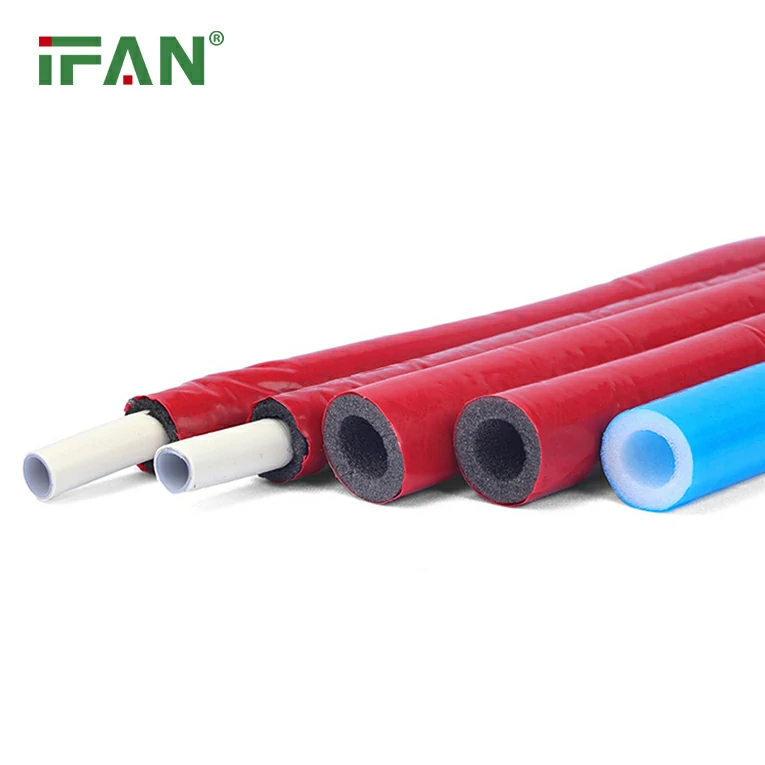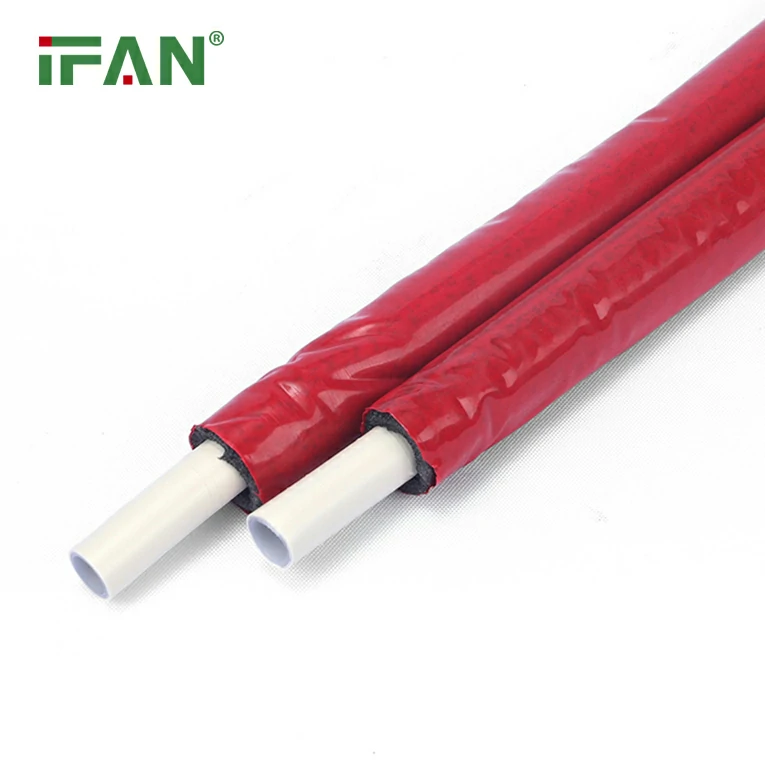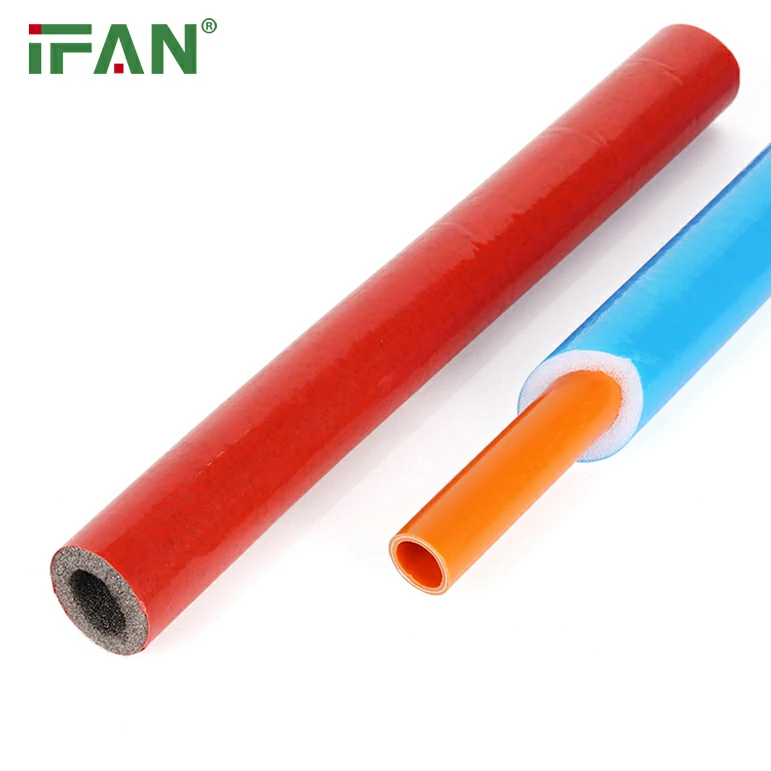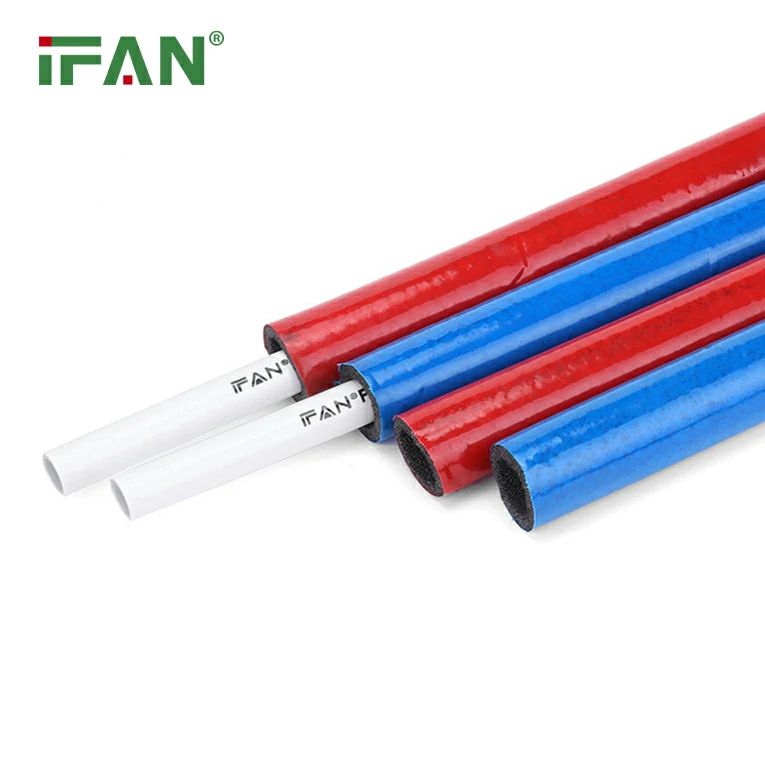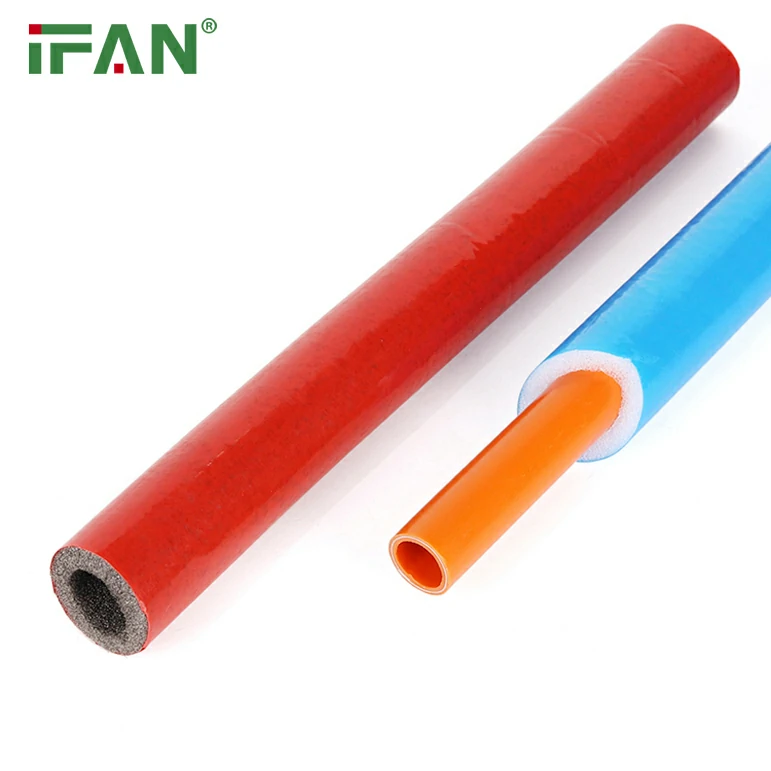Introduction
The global market for PPR (Polypropylene Random Copolymer) pipes has been experiencing significant growth in recent years. These pipes are increasingly favored across various industries due to their durability, corrosion resistance, and ease of installation. As the demand for efficient and sustainable water management solutions continues to rise, the PPR pipe market is poised for substantial expansion. In this article, we will explore the size, growth, and analysis of the PPR pipe market, focusing on its applications, benefits, and future trends.
Understanding PPR Pipe
What Are PPR Pipe?
PPR pipes are made from polypropylene random copolymer, a thermoplastic polymer that offers excellent resistance to chemical corrosion and high temperatures. They are commonly used in plumbing, heating, and cooling systems, as well as in industrial applications. PPR pipes are lightweight, easy to handle, and can be joined using heat fusion, making them a popular choice for water supply systems.
Key Features of PPR Pipes
- Durability: PPR pipes have a long service life, often exceeding 50 years, making them a cost-effective choice for water management.
- Corrosion Resistance: Unlike metal pipes, PPR pipes do not corrode, ensuring a consistent flow of water without contamination.
- Temperature Resistance: PPR pipes can withstand temperatures up to 95°C (203°F), making them suitable for hot water applications.
- Low Thermal Conductivity: PPR pipes have low thermal conductivity, reducing heat loss and improving energy efficiency in hot water systems.
- Eco-Friendly: PPR pipes are recyclable and free from harmful chemicals, making them an environmentally friendly option.
PPR Pipe Market Size and Growth
Current Market Size
As of 2023, the global PPR pipe market is estimated to be valued at approximately USD 2.5 billion, with a projected growth rate of around 7% annually. This growth is driven by increasing demand for efficient water supply systems, particularly in developing countries where infrastructure is being rapidly developed.
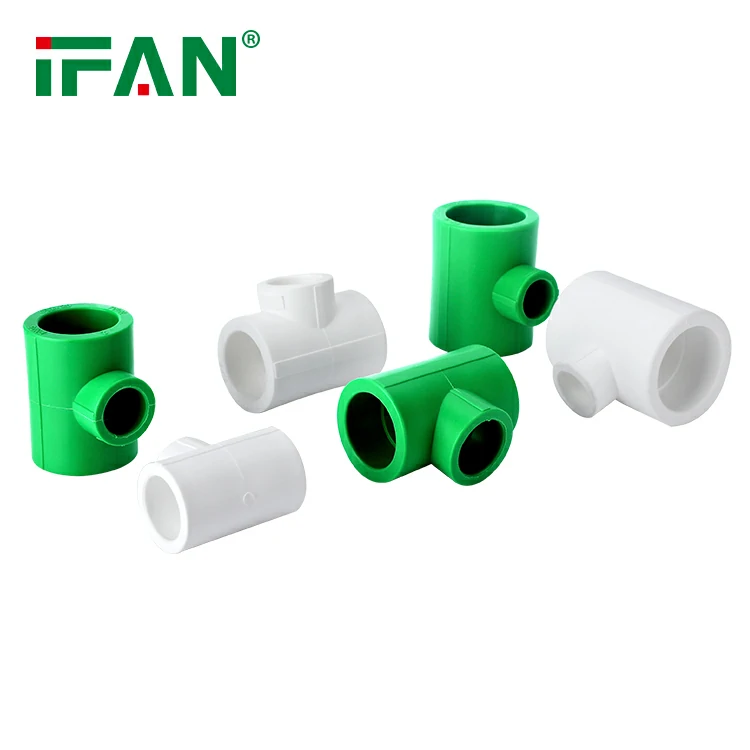
Factors Driving Market Growth
- Urbanization: Rapid urbanization in emerging economies is leading to increased investments in infrastructure development, including water supply and drainage systems. This trend is expected to boost the demand for PPR pipes.
- Water Scarcity: With growing concerns over water scarcity, there is a heightened focus on efficient water management solutions. PPR pipes, known for their durability and reliability, are becoming a preferred choice for water distribution systems.
- Government Initiatives: Governments worldwide are implementing policies and initiatives to improve water infrastructure and promote sustainable practices. These initiatives are creating opportunities for the PPR pipe market to expand.
- Industrial Applications: The use of PPR pipes in various industrial applications, such as chemical processing and food and beverage production, is also contributing to market growth. Their resistance to chemicals makes them suitable for transporting various fluids.
- Rising Awareness of Health and Safety: Increasing awareness of health and safety standards in water supply systems is driving the adoption of PPR pipes, as they do not leach harmful substances into the water.
Regional Analysis
North America
The North American PPR pipe market is witnessing steady growth, driven by the need for infrastructure upgrades and the replacement of aging pipelines. The United States and Canada are investing in modern water management systems, creating opportunities for PPR pipe manufacturers.
Europe
Europe is one of the largest markets for PPR pipes, with countries like Germany, France, and the United Kingdom leading the way. The European market is characterized by stringent regulations regarding water quality and safety, further driving the demand for high-quality PPR pipes.
Asia-Pacific
The Asia-Pacific region is expected to witness the highest growth rate in the PPR pipe market, fueled by rapid urbanization, population growth, and increasing investments in infrastructure development. Countries like China and India are major contributors to this growth, with significant projects underway to improve water supply systems.
Middle East and Africa
In the Middle East and Africa, the PPR pipe market is expanding due to rising water scarcity issues and government initiatives aimed at improving water infrastructure. The demand for PPR pipes in these regions is expected to grow as countries invest in sustainable water management solutions.
Key Applications of PPR Pipes
1. Plumbing Systems
PPR pipes are widely used in residential and commercial plumbing systems for both hot and cold water supply. Their durability and resistance to corrosion make them an ideal choice for long-lasting plumbing solutions.
2. Heating Systems
In heating applications, PPR pipes are used for underfloor heating, radiator connections, and central heating systems. Their ability to withstand high temperatures makes them suitable for these applications.
3. Industrial Applications
PPR pipes are increasingly being used in various industrial applications, including chemical processing, food and beverage production, and wastewater management. Their resistance to chemicals and high temperatures makes them a reliable choice for transporting various fluids.
4. Irrigation Systems
In agriculture, PPR pipes are used for irrigation systems due to their durability and resistance to environmental factors. They provide efficient water distribution, helping to improve crop yields.
5. Water Distribution Networks
PPR pipes are commonly used in municipal water distribution networks, ensuring a safe and reliable supply of drinking water to communities. Their long service life and low maintenance requirements make them a cost-effective option for municipalities.
Challenges in the PPR Pipe Market
1. Competition from Alternative Materials
The PPR pipe market faces competition from alternative materials such as PVC, HDPE, and metal pipes. While PPR pipes offer several advantages, price sensitivity among consumers may lead to a preference for lower-cost alternatives.
2. Lack of Awareness
In some regions, there is a lack of awareness regarding the benefits of PPR pipes compared to traditional materials. Increased efforts in marketing and education are needed to highlight their advantages.
3. Regulatory Challenges
The PPR pipe market is subject to various regulations related to water quality and safety. Compliance with these regulations can pose challenges for manufacturers, particularly in terms of product certification and testing.
4. Economic Factors
Economic downturns and fluctuations in raw material prices can impact the PPR pipe market. Manufacturers need to adapt to changing economic conditions to maintain profitability.
Future Trends in the PPR Pipe Market
1. Technological Advancements
Advancements in manufacturing technology are expected to improve the quality and performance of PPR pipes. Innovations such as enhanced fusion techniques and the development of composite materials may further boost market growth.
2. Sustainability Focus
The growing emphasis on sustainability and eco-friendly practices will drive the demand for PPR pipes, as they are recyclable and free from harmful chemicals. Manufacturers may focus on developing more sustainable production processes.
3. Smart Water Management Solutions
The integration of smart technologies in water management systems is a growing trend. PPR pipes may be combined with smart sensors and monitoring systems to improve efficiency and reduce water wastage.
4. Expansion in Emerging Markets
As infrastructure development continues in emerging markets, the demand for PPR pipes is expected to rise. Manufacturers may target these regions for growth opportunities by establishing local production facilities and distribution networks.
5. Increased Investment in Water Infrastructure
Governments and private entities are expected to invest more in water infrastructure projects to address water scarcity and improve water quality. This trend will create a favorable environment for the PPR pipe market.
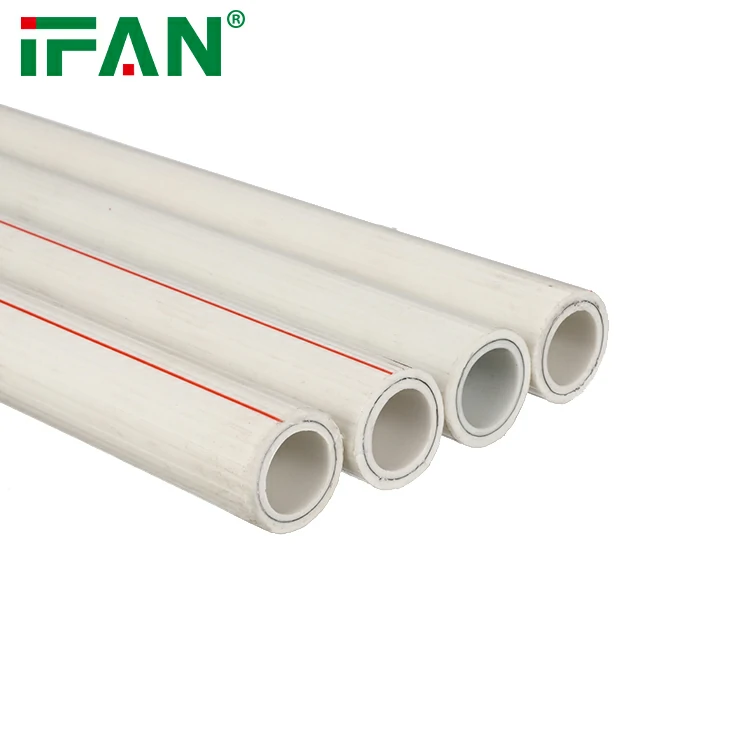
Conclusion
The PPR pipe market is poised for significant growth in the coming years, driven by urbanization, increasing water scarcity, and a focus on sustainable water management solutions. With its numerous advantages, including durability, corrosion resistance, and eco-friendliness, PPR pipes are becoming an increasingly popular choice across various applications. As the market evolves, manufacturers must navigate challenges and leverage opportunities to capitalize on the growing demand for efficient water supply systems.Frequently Asked Questions (FAQs)
1. What are PPR pipes used for?
PPR pipes are used for various applications, including plumbing systems, heating systems, industrial applications, irrigation systems, and municipal water distribution networks.
2. What are the advantages of PPR pipes over traditional materials?
PPR pipes offer several advantages, including durability, corrosion resistance, low thermal conductivity, and ease of installation. They also have a long service life and are eco-friendly.
3. How is the PPR pipe market expected to grow in the future?
The PPR pipe market is projected to grow at a rate of around 7% annually, driven by urbanization, water scarcity concerns, government initiatives, and increasing industrial applications.
4. What challenges does the PPR pipe market face?
The PPR pipe market faces challenges such as competition from alternative materials, lack of awareness, regulatory hurdles, and economic factors affecting raw material prices.
5. How can consumers ensure they are choosing high-quality PPR pipes?
Consumers can ensure they are choosing high-quality PPR pipes by selecting products that meet industry standards and certifications, and by purchasing from reputable manufacturers and suppliers.

